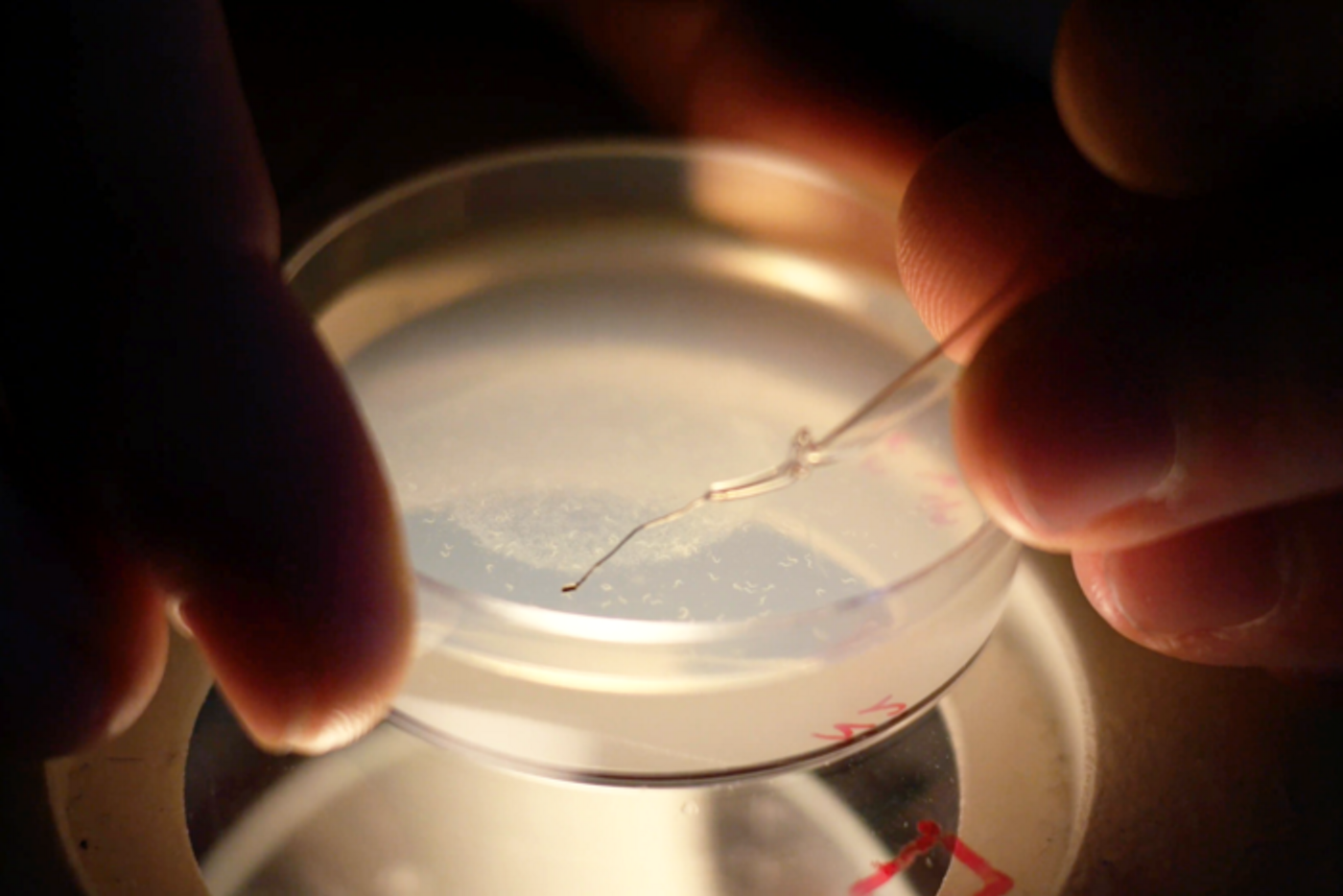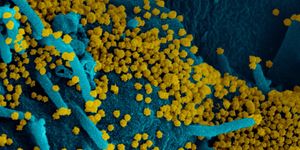Muscle Cells Revealed Contracting at the Subcellular Level
Muscle cells were once thought to be the smallest units that experienced contraction. But new research has suggested that smaller sections of muscles cells can experience localized calcium signaling and contractions. The findings have been reported in eLife.
The roundworm Caenorhabditis elegans, a common research model, does not have eyes. But it's known to be able to sense short-wavelength light, which it avoids. A graduate student in the H. Robert Horvitz lab, Nikhil Bhatla, thought that the worms weren't only reacting to the light by moving away; they also stopped eating. Research indicated that the sightless worms were trying to get away from chemicals generated by the light, like hydrogen peroxide. Further work revealed that the worms were tasting these chemicals and spitting them back out.
Now the researchers have identified the spitting mechanism in the roundworm. Incredibly, the work showed that neurons were stimulating a part of a muscle cell to generate motion. Single muscle cells were thought to be the smallest unit that a neuron could control; this work suggests that subcellular contractions in muscle cells are possible.
The pharnyx of C. elegans has a contractiing movement that basically traps food in the worm's mouth as it moves, then chews and ingests the food with pumping actions.
Study leader Steve Sando Ph.D. "made the remarkable discovery that the contraction of a small region of a particular muscle cell can be uncoupled from the contraction of the rest of the same cell," said senior study author H. Robert Horvitz, the David H. Koch Professor of Biology at MIT and Howard Hughes Medical Institute Investigator. "Furthermore, Steve found that such subcellular muscle compartments can be controlled by neurons to dramatically alter behavior."
The researchers found that as the worm eats, three muscles cells relax in pulses. When the worm tastes the light, subregions of these cells at the front of the mouth contact continuously, propelling material out; feeding reverses and becomes spitting. One neuron at the rear of the worm mouth seems to be in control of this phenomenon. This neuron causes calcium to rush into the muscle, which is likely the cause of the subcellular action.
"The discovery that the worms were spitting was quite surprising to us, because the mouth seemed to be moving just like it does when it's chewing," Sando said. The researchers determined that they had to zoom in really close on the action to see what was happening since the roundworms are so tiny and their movements are so rapid. Each C. elegans roundworm is about one millimeter long.
In this study, the researchers used a tiny laser to remove individual neurons and muscle cells to see how the spitting motion was impacted. The scientists used fluorescent reporter proteins to illuminate the cells.
"We've essentially found a new way for a neuron to move a muscle," Sando said. "Neurons orchestrate the motions of muscles, and this could be a new tool that allows them to exert a sophisticated kind of control. That's pretty exciting."
Sources: Phys.org via Massachusetts Institute of Technology, eLife









